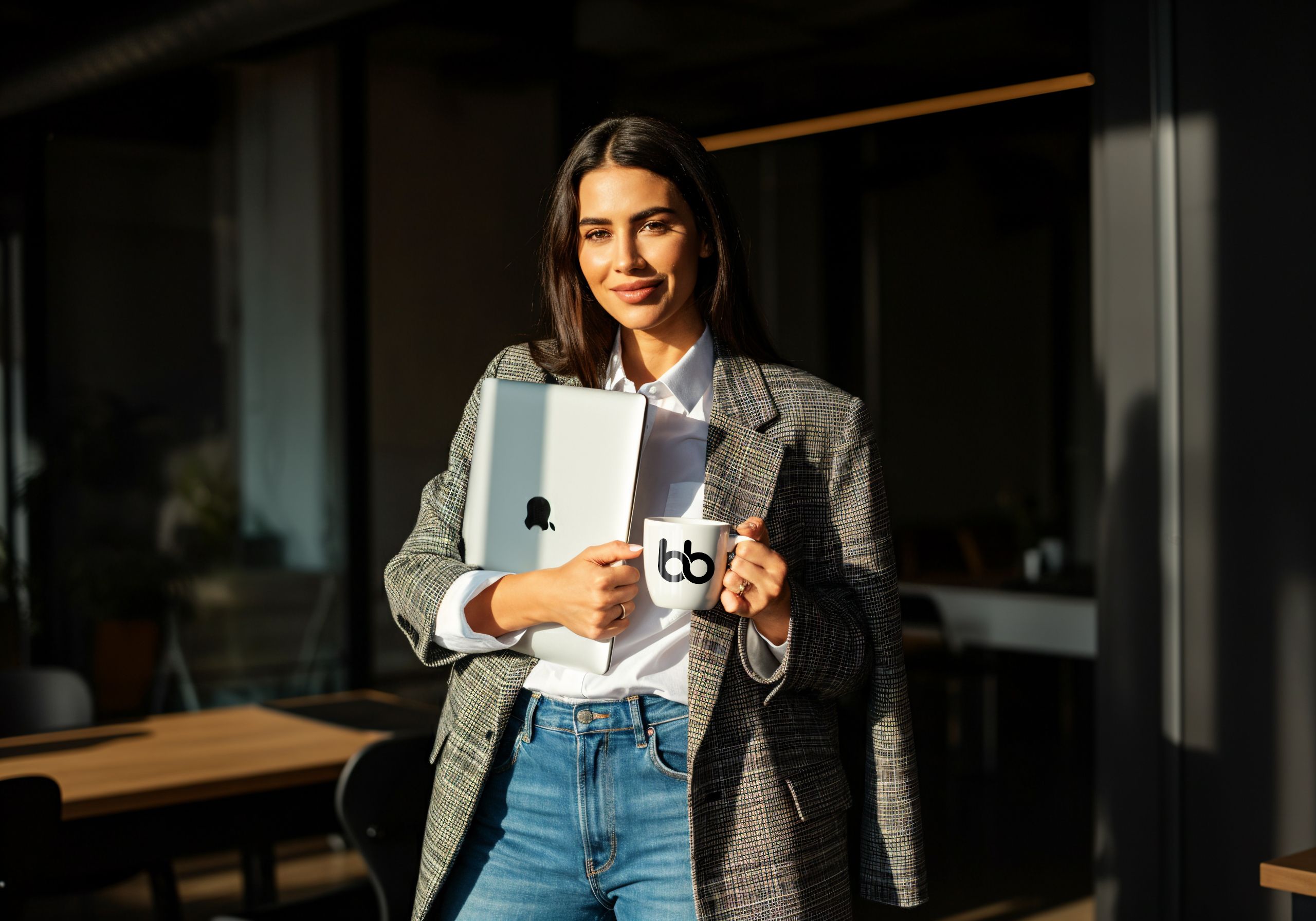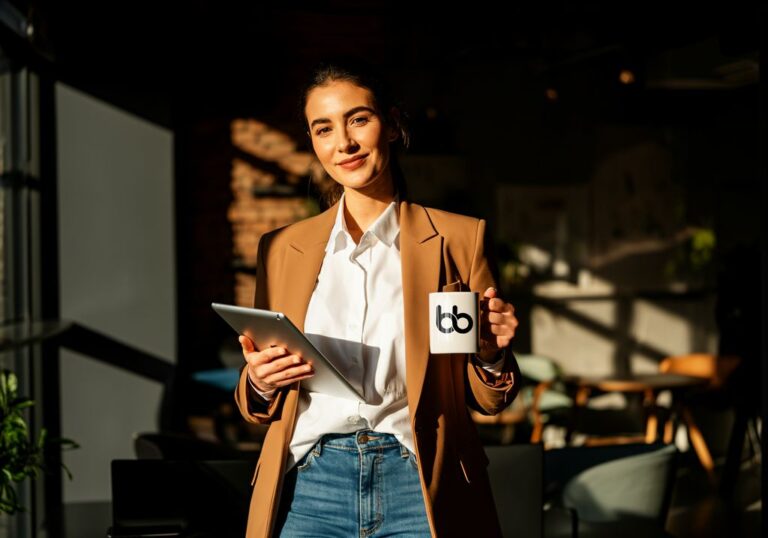Table of Contents
Why Media Recognition Matters for EB-1A
USCIS requires applicants seeking the EB-1A extraordinary ability visa to satisfy at least three of the ten criteria demonstrating sustained national or international acclaim. Among these requirements, “published materials about the applicant” presents unique challenges because achievements alone don’t suffice without independent verification. Extraordinary ability publicity must appear in professional publications or major media outlets written by journalists rather than the applicant or their organization.
Understanding published materials for EB-1A becomes essential because immigration examiners evaluate whether media coverage demonstrates recognition within the applicant’s field of expertise. Independent editorial coverage serves as verifiable evidence that others acknowledge the applicant’s contributions, thereby transforming private accomplishments into publicly recognized achievements.
What Counts as Published Materials Under USCIS Policy
The USCIS published materials requirement is implemented through specific definitions outlined in the Policy Manual, Volume 6, Part F, Chapter 2. Acceptable published materials must meet particular standards that distinguish legitimate immigration evidence from promotional content.
Qualifying Published Materials Include:
- Articles or features written by independent journalists in newspapers, magazines, or trade publications
- Editorial content in professional journals where the applicant appears as the subject rather than the author
- Broadcast media transcripts from news programs or industry analysis shows
- Digital publications with editorial oversight and journalistic standards
Non-Qualifying Materials:
- Self-authored blog posts or articles
- Company press releases or promotional materials
- Paid advertorial content
- Social media posts without editorial vetting
USCIS adjudicators distinguish between content created through independent editorial processes versus material the applicant controls or sponsors. Major trade media coverage carries significant evidentiary weight because journalists vet subjects before publication. The requirement mirrors credibility standards in other sectors, where how to get featured in Vogue demonstrates editorial selectivity that validates featured subjects through rigorous vetting processes.
Quality vs Quantity in Immigration Evidence
Immigration examiners prioritize publication quality over mention volume when evaluating media proof EB-1A applications. Two features in nationally recognized outlets typically strengthen petitions more effectively than dozens of minor blog mentions. Editorial independence and outlet reputation carry substantial evidentiary weight because they demonstrate that credible third parties found the applicant’s work significant enough to warrant coverage.
“Independent media validation provides third-party verification that extraordinary ability claims rest on documented achievements rather than self-assessment.”
High-authority publications employ fact-checking procedures, editorial review processes, and journalistic standards that lend credibility to featured subjects. USCIS recognizes this distinction when evaluating whether published materials demonstrate sustained acclaim. Applicants seeking to get featured in top publications benefit from understanding that immigration examiners assess both the publication’s standing within relevant industries and the substantive nature of coverage rather than counting mentions.
Publish Proof, Win EB‑1A
EB‑1A criterion when it clearly names you, cites your work, and includes title, date, and author details.

Crafting a Media Strategy Aligned With Immigration Evidence
Effective extraordinary ability publicity strategies begin with visa criteria and work backward rather than pursuing generic media exposure. Immigration-focused media planning identifies relevant fields, reputable outlets, and thematic alignment that USCIS examiners will recognize as legitimate evidence.
Strategic Development Steps:
- Narrative Development – Identify accomplishments that demonstrate extraordinary ability while providing journalists with compelling story angles
- Outlet Identification – Research publications that USCIS recognizes as credible within the applicant’s field
- Pitch Structure – Frame stories emphasizing impact and innovation rather than self-promotion
- Publication Execution – Secure independent editorial coverage through journalist relationships
- Documentation Protocol – Archive published pieces with URLs, screenshots, and publication details
Understanding publicity requirements for O-1 visa reveals similar principles where media strategy aligns with legal requirements rather than treating publicity and immigration evidence as separate objectives. Documentation begins during media outreach, rather than attempting to gather materials retroactively after publication.
How Baden Bower Builds Visa-Ready Media Proof
Baden Bower operates at the intersection of publicity strategy and visa-readiness by identifying credible outlets whose coverage satisfies USCIS evidentiary standards. The process emphasizes journalist-ready narratives that serve editorial needs while producing verifiable, published articles with immigration proof that withstands scrutiny.
Media vetting examines publication histories, editorial independence, and industry recognition before outreach begins. Journalists receive story angles emphasizing the applicant’s field contributions rather than promotional messaging. Published pieces undergo documentation protocols, including URL archiving, PDF preservation, and screenshot capture, establishing publication dates and content. Verification procedures ensure that materials meet USCIS criteria before being integrated into petition packages.
High-authority evidence like coverage from outlets where applicants get in the Wall Street Journal carries substantial weight because immigration examiners recognize these publications maintain rigorous editorial standards. Documentation quality matters equally to publication prestige because USCIS requires verifiable proof that coverage appeared in legitimate media outlets.
Case Insights: When Published Materials Made the Difference
A materials scientist preparing an EB-1A petition possessed impressive research credentials, yet lacked published materials documenting public recognition. Strategic media placement secured coverage in a leading materials science trade publication, which analyzed the scientist’s breakthrough polymer research. The feature quoted industry experts validating the research’s significance and appeared in a publication that USCIS examiners recognized as authoritative within materials science. The petition succeeded partially because major trade media coverage provided independent validation of extraordinary ability claims.
Another case involved a technology CEO whose company achieved significant growth yet lacked personal media recognition. Targeted publicity secured a business outlet profile examining the CEO’s leadership approach during rapid scaling. The article positioned achievements within an industry context and demonstrated recognition beyond the company itself.
“Strategic media placement transformed private achievements into documented public acclaim that immigration examiners could verify and evaluate.”
Even lifestyle coverage examples like efforts to get published in Elle demonstrate how independent editorial validation strengthens credibility across sectors. Immigration cases succeed when published materials document sustained acclaim through credible third-party recognition.
Media Coverage That Counts
Curate third‑party articles with credible circulation and provide full-page copies and translations so officers can verify reach and relevance under EB‑1A’s published‑material standard.

Common Pitfalls When Gathering Published Materials
Applicants frequently encounter issues that undermine the evidentiary value of published materials. Self-published articles lack independent validation regardless of content quality. Company press releases represent promotional materials rather than independent journalism. Features that fail to name the applicant specifically don’t satisfy USCIS requirements, even when discussing their work or company.
Materials to Avoid:
- Blog posts on personal or company websites
- Press releases distributed through PR services
- Advertorial content or sponsored articles
- Generic industry roundups mentioning multiple people without substantive coverage
- Publications lacking editorial oversight or journalistic standards
USCIS prioritizes independent recognition over paid or sponsored content because immigration evidence must demonstrate that others within the field acknowledge the applicant’s extraordinary ability. Editorial legitimacy matters more than mention volume. Immigration examiners evaluate whether coverage results from the journalist’s interest rather than the applicant’s self-promotion.
Turning Visibility Into Legal Credibility
Media proof supports legal proof rather than replacing substantive accomplishments. Published materials verify achievements through independent third-party recognition that USCIS examiners can evaluate objectively. Documentation transforms private success into visible, verifiable acclaim that strengthens extraordinary ability petitions.
Baden Bower’s dual expertise in publicity strategy and immigration documentation helps applicants develop media coverage that serves both visibility objectives and visa requirements simultaneously. Strategic planning ensures published materials meet USCIS standards while building professional recognition that extends beyond immigration applications.
Professionals preparing EB-1A petitions benefit from consultation focused on developing published materials for EB-1A applications that satisfy evidentiary requirements while advancing career objectives. The approach emphasizes building genuine media credibility that immigration examiners recognize as legitimate proof of extraordinary ability.
Guaranteed Publicity for Your Brand
Get featured in top publications with our proven PR strategies




